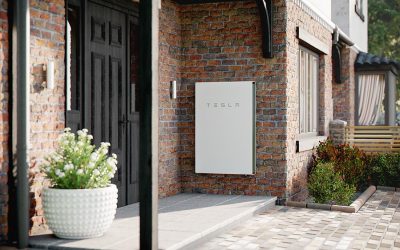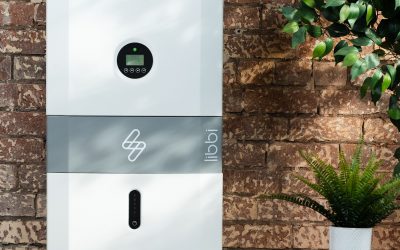Store excess energy with battery storage and benefit from 0% VAT on installations when installed with solar PV
Explore our combined battery storage and solar PV packages, all incorporating top-quality products known for their exceptional efficiencies and warranties.
Why Install a battery storage system?
Store Surplus Solar and wind energy for use when you need it most
Become less grid dependant
Charge from the grid with your low cost Tariff and discharge to your property during peak times
BATTERY STORAGE – RESIDENTIAL
REDUCE ENERGY COSTS FURTHER WITH BATTERY STORAGE
Installing battery storage with solar panels can reduce your energy costs further. By storing surplus solar energy during sunny days you can use it at a time that is suitable for you rather than exporting to the grid.
You can also install battery storage without solar panels. If you have a split energy tariff, you can charge your battery overnight at a cheaper rate to supplement lower solar production in the winter time. Some batteries can also supply your home during power outages.
We offer a range of storage options to suit our customers requirements and only install high quality products with excellent efficiencies and warranties.
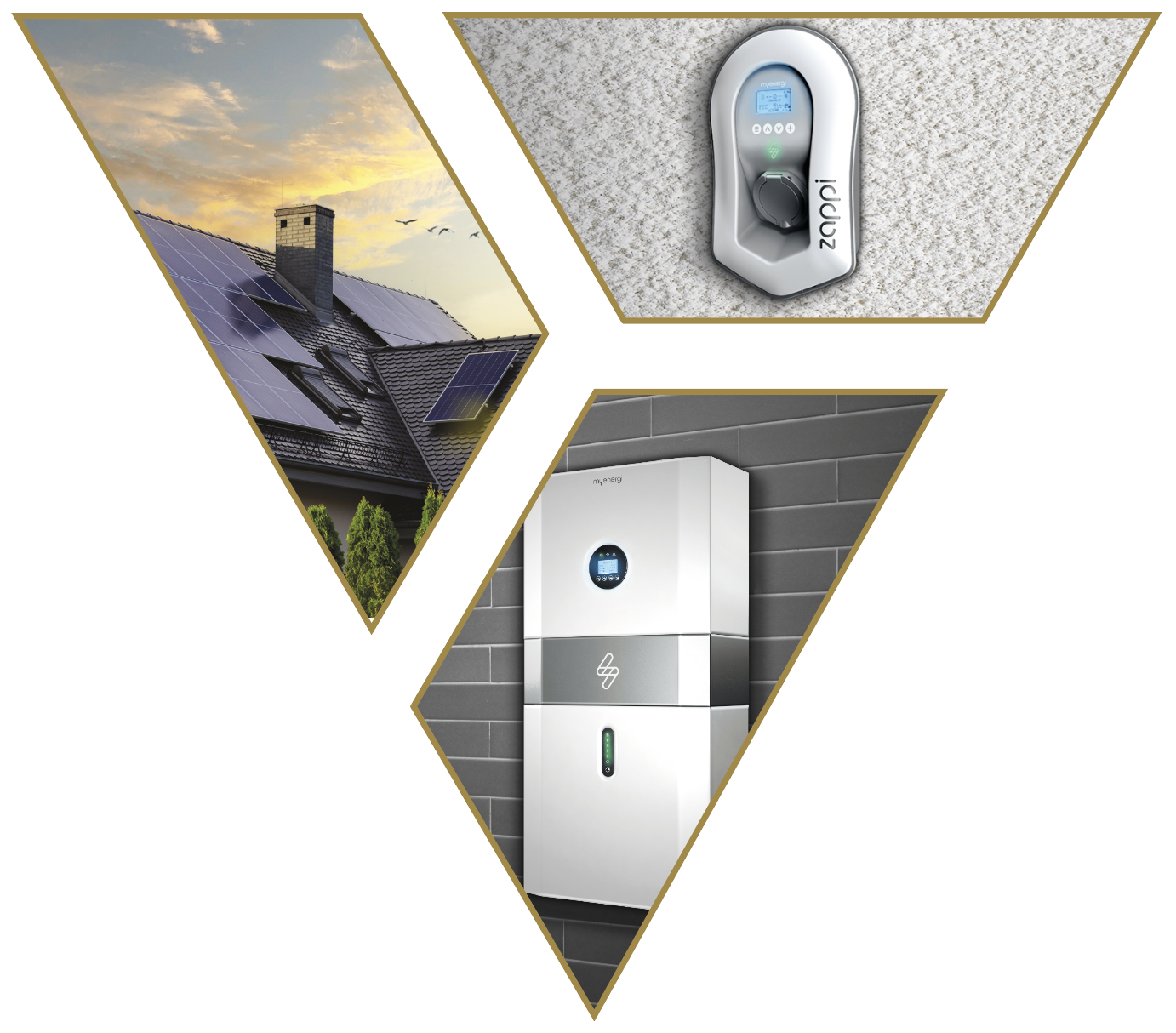
OUR BATTERY STORAGE PRODUCTS:
JDM EARTH PRODUCT
Tesla Powerwall
By Combining Solar PV with a Powerwall 2 rechargeable home battery, you can store excess energy for use anytime – even during a power outage.
The Tesla Powerwall 2 is a battery that stores energy, detects outages and automatically becomes your home’s energy source when the grid goes down. Unlike generators, Powerwall 2 keeps your lights on and phone charged without upkeep, fuel or noise. Pair with solar and recharge with sunlight to keep your appliances running for days.
DETAILED SPECIFICATION
- 13.5kw of usable storage
- 5kW inverter, 5kW Continuous output with 7kW Peak
- Scalable up to 10 Powerwall’s
- Efficiency 90% round trip efficiency
- Manage your system through the Tesla app with 24/7 remote access.
- Can be floor or wall mounted
- Can be sited indoors and outdoors.
- Backup your whole home in a power outage.
-
Warranty 10 Years (Unlimited cycles

JDM EARTH PRODUCT
myenergi libbi
The libbi stores electricity to use when you need it most. It allows you to capture as much surplus solar electricity as possible, whilst integrating with your existing myenergi devices.
libbi seamlessly connects to your existing myenergi devices as part of the ecosystem. This allows it to make intelligent decisions about when to charge and drain your battery based on your usage, your tariff and your self generated electricity.
DETAILED SPECIFICATION
- 4.6kWh of usable storage per 5kWh battery
- Choice of 3.68kW and 5kW inverter
- Combine up to four 5kWh modules (to make 20kWh of storage)
- 94% round trip efficiency
- Manage your system via myenergi.com/app-energy-monitor
- Can be sited indoors and outdoors
- Optional blackout backup, to maintain power to a dedicated circuit in the event of a power cut.
- Anti-drain – the libbi won’t drain when an EV is plugged in using a Zappi unless you tell it to.
Warranty – 10 years for the battery – residential only.
5 years on the inverter and controller
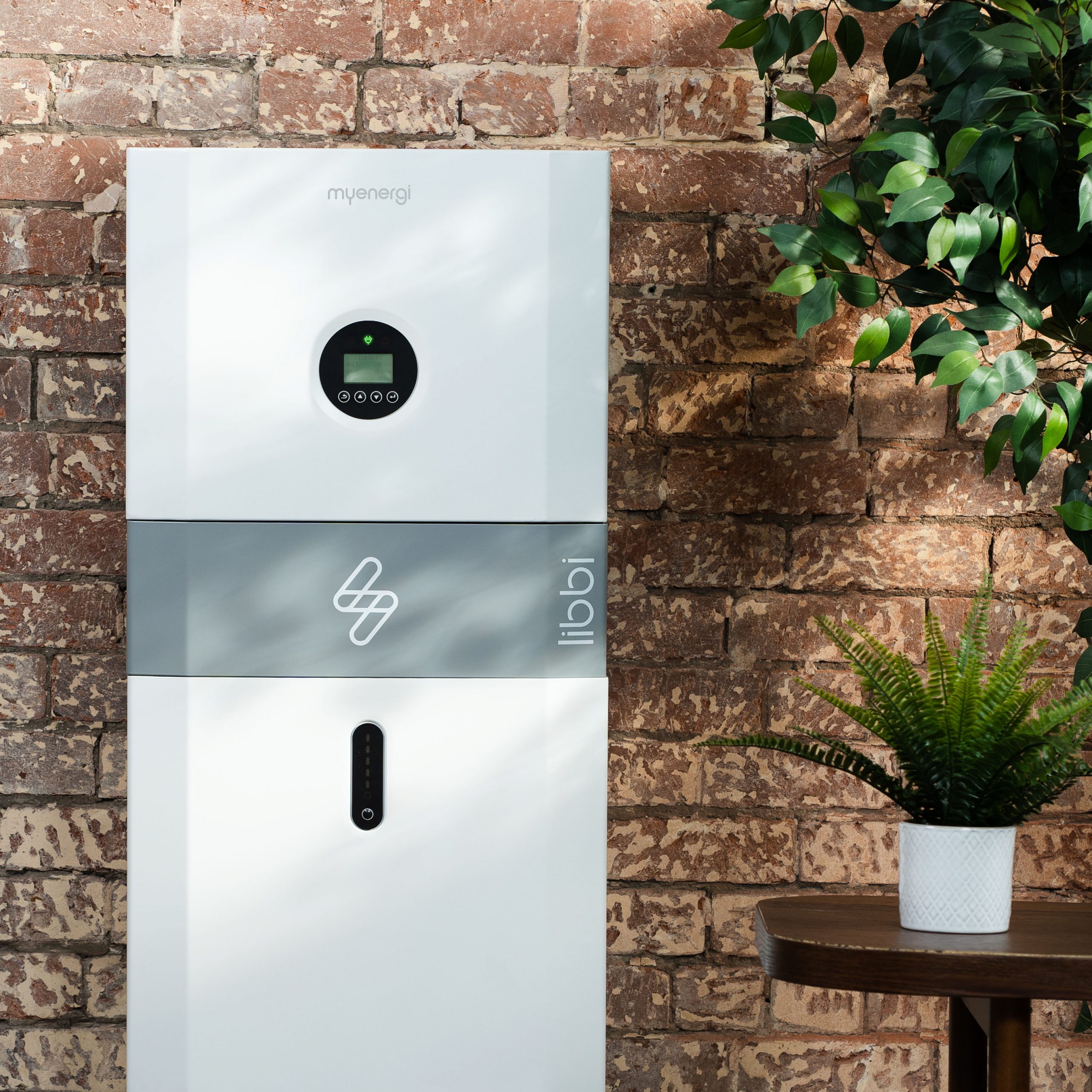
JDM EARTH PRODUCT
SolarEdge Home Storage
(Optional Home Backup)
The SolarEdge Home Battery stores excess solar energy for powering the home when rates are high or at night. When installed with the back up interface the SolarEdge battery provides reliable backup during power outages.
DETAILED SPECIFICATION
- 10kWh of which 9.7kWh is usable
- Choice of 3.68 kW or 5kW Inverter.
- Scalable to 30kWh per phase.
- 94.5% round trip efficiency
- Manage your system via the SolarEdge app
- Can be sited indoors and outdoors, floor or wall.
- By adding the SolarEdge Home back up interface you can enable full or partial home back up https://www.solaredge.com/en/products/residential/storage-and-backup/solaredge-home-backup-interface
- the first residential batteries to pass the strictest UL9540A unit level test for fire safety hazards.
Warranty – 10 years unlimited cycles battery
12 Inverter – extendable to 25 years on intstallation


JDM EARTH PRODUCT
Puredrive II
Puredrive is a British company that designs, develops, builds and distributed energy storage systems.
Puredrive’s PureStorage II utilises reliable and high performing battery cells designed to work with leading inverters such as Solis. It is a cost effective yet excellent option for home storage.
DETAILED SPECIFICATION
- 5kWh of which 4.5kWh is usable.
- Pairs with inverters such as Solis, Victron and Amen inverters.
- Scalable to 25kWh (5 batteries)
- Pure Drive employs advanced LifePO4 technology ensuring the highest level of safety and performance.
- Can be sited indoors and outdoors, wall mounted.
- Optional blackout backup, to maintain power to a dedicated circuit in the event of a power cut.
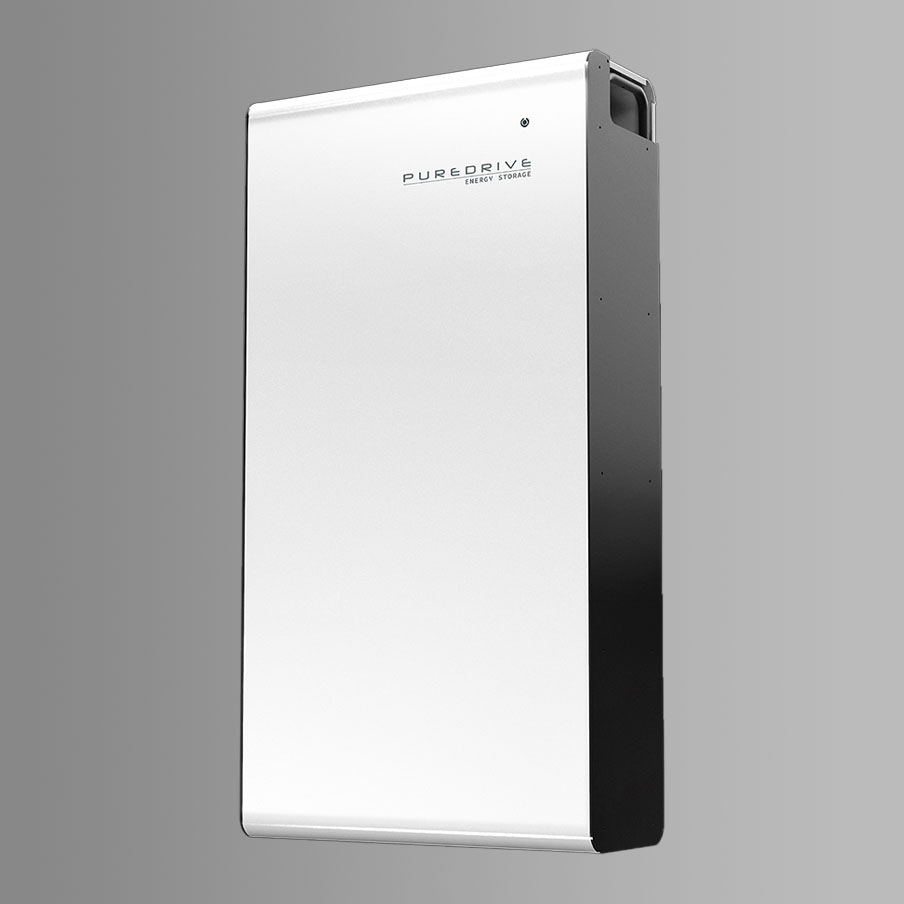

BATTERY STORAGE CAN BE INSTALLED AS A STANDALONE PRODUCT OR WITH SOLAR PV






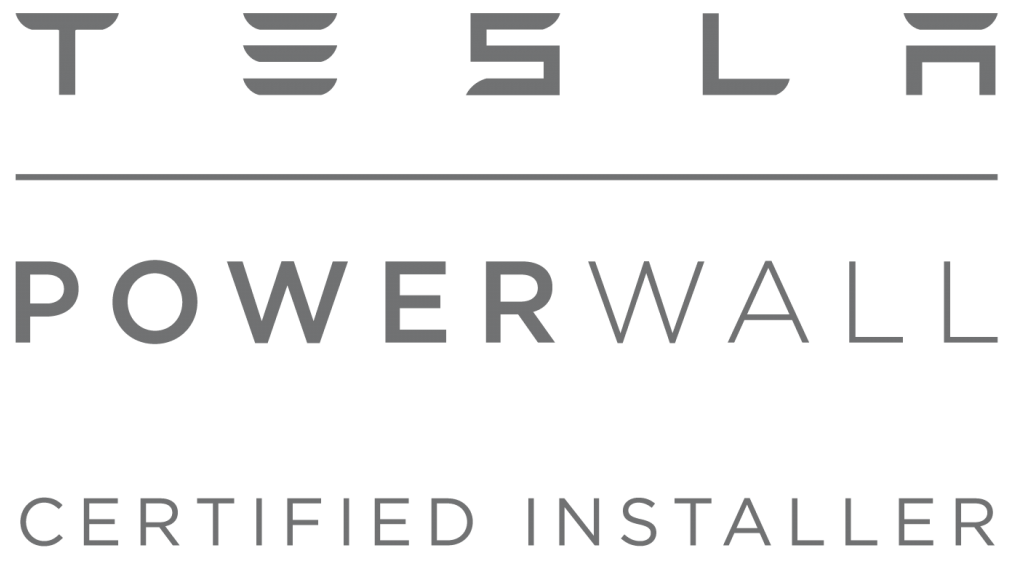



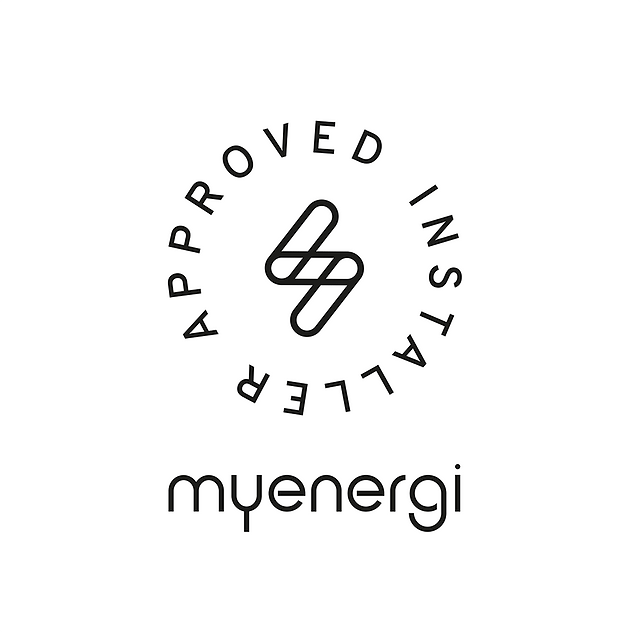



SOLAR PV
& BATTERY STORAGE
COMBINED PACKAGES
PACKAGE ONE
4.25kWp + 5kWh Duracell BATTERY
PRICE £8049
10 x 425w Trina Solar Panels
4.6kW Duracell Inverter
5kWh Duracell
Scaffolding (Basic)
MCS Handover pack
Building Control
DNO Submission
Bird Netting
Add another 5kWh for £1950 while on site or £2850 if a return visit is required
PACKAGE TWO
4.25kWp + 5kWh Puredrive Storage
PRICE £8299
10 x 425w Trina Solar Panels
3.68kW Solis Inverter
5kWh Puredrive II Storage
Scaffolding (Basic)
MCS Handover pack
Building Control
DNO Submission
Bird Netting
Add another 5kWh for £2200 while on site or £2999 if a return visit is required
PACKAGE THREE
4.25kWp + SolarEdge Storage
£12,970
10 x 425w Trina Solar Panels
3.68kW SolarEdge Inverter
10kWh SolarEdge Storage
10 x Optimisers
Scaffolding (Basic)
MCS Handover pack
Building Control
DNO Submission
Bird Netting
PACKAGE FOUR
4.25kWp + Tesla Powerwall 2
£12,999
10 x 425w Trina Solar Panels
3.68kW Solis Inverter
13.5kWh Tesla Powerwall 2 (Inc Gateway)
Scaffolding (Basic)
MCS Handover pack
Building Control
DNO Submission
Bird Netting
PACKAGE FOUR
4.25kWp + myenergi libbi
with 5kWh battery - £9449
with 10kWh battery - £11,899
10 x 425w Trina Solar Panels
3.68kW libbi Inverter
5 or 10kWh myenergi libbi Storage
Scaffolding (Basic)
MCS Handover pack
Building Control
DNO Submission
Bird Netting



Q&A
Where will my battery be installed?
JDM Earth offers battery options that can be installed indoors or outdoors. However, please note that other batteries you may researching could be limited to indoor installations due to their IP rating. We typically advise against loft space installations and prefer placing batteries in garages or on outdoor walls. If these options are not feasible, we’ll work with you to explore alternative locations. Some batteries can be both floor and wall-mounted, while others are specifically designed for wall mounting. Rest assured, we always adhere to manufacturers’ guidelines and can discuss installation details with you.
How much battery storage do I need?
Determining the appropriate amount of battery storage you need depends on your specific energy goals and usage patterns. Here are some factors to consider when deciding how much battery storage you need:
• Electricity Usage: Review your electricity bills to understand your typical daily and monthly energy consumption. This data will help you estimate how much energy you want to store.
• Backup Power Needs: If you want the battery primarily for backup power during outages, calculate how much energy you need to keep essential appliances running during a blackout.
• Solar Panel Output: If you have solar panels, consider how much excess energy they generate that you can store for use during non-sunny hours.
• Grid Interaction: Determine whether you want to rely more on stored energy or continue grid interaction. Smaller batteries may be suitable for grid support and reducing peak demand charges.
• Budget: Your budget plays a significant role in the size of the battery you can afford. Larger batteries typically store more energy but come at a higher cost.
• Space: Consider the available space for the battery installation, as larger batteries may require more room.
• Local Incentives: Check if there are any local incentives or regulations that influence the size of the battery you can install.
Should you wish to discuss this further, can you assess your energy usage, goals, and system requirements to recommend an appropriately sized battery for your specific situation. Additionally, they can provide insights into the available battery options and their capabilities, to help you make an informed decision.
What is the usable capacity of a battery?
The usable capacity of a battery storage system refers to the amount of energy that can be safely stored and discharged from the battery without causing damage or significantly reducing the battery’s lifespan. Usable capacity is typically expressed in kilowatt-hours (kWh) and is a critical factor to consider when choosing a battery for your solar PV system or energy storage needs.
The usable capacity is less than the total capacity of the battery, which is often referred to as its nominal capacity or rated capacity. Several factors affect the usable capacity of a battery:
Depth of Discharge (DoD): Most batteries are designed to operate within a certain depth of discharge range. For example, a battery with a 90% depth of discharge means you can use up to 90% of its rated capacity before recharging. Going beyond this limit can lead to reduced battery life.
• Battery Chemistry: Different battery chemistries have varying usable capacity levels. For instance, lithium-ion batteries often have a higher usable capacity compared to lead-acid batteries.
Battery Age: As batteries age, their usable capacity may gradually decrease, resulting in reduced energy storage capability.
• Operating Conditions: Extreme temperatures, overcharging, or discharging at high rates can affect the usable capacity of a battery.
• Battery Management Systems (BMS): Some batteries incorporate advanced battery management systems to optimise and protect the battery, helping maintain its usable capacity over time.
When selecting a battery storage system, it’s essential to consider the usable capacity to ensure it aligns with your energy storage needs. We can advise provide advice and guidance in relation to the products we suggest for you.
What is a cycle?
A battery cycle, or charge-discharge cycle, refers to the process of charging a battery from its discharged state to fully charged and then discharging it again. It’s a critical factor in determining a battery’s lifespan and performance.
What is the difference between AC and DC coupled batteries?
AC-coupled and DC-coupled batteries are two distinct configurations used in energy storage systems, such as those paired with solar PV installations. They differ in how they connect to the electrical grid and solar panels, affecting their functionality and compatibility. Here’s a brief comparison:
AC-Coupled Batteries:
• Separate Inverters: In an AC-coupled system, the solar PV panels and the battery storage system each have their own inverters. The solar panels convert sunlight into DC (direct current) electricity, and this DC power is converted to AC electricity by the solar inverter.
• Grid Connection: AC-coupled systems are directly connected to the grid. The solar PV system can feed excess energy into the grid when it generates more electricity than is needed, and it can draw energy from the grid when sunlight is insufficient.
• Compatibility: AC-coupled batteries are often retrofitted more easily into existing solar PV installations. They are also compatible with a wider range of solar inverters, which can be advantageous for homeowners looking to add energy storage to an existing solar system.
• Emergency Backup: AC-coupled systems can provide backup power during grid outages, as they have the ability to disconnect from the grid and operate in island mode.
DC-Coupled Batteries:
• Shared Inverter: In a DC-coupled system, the solar panels and the battery share a single inverter. This inverter typically performs both solar panel conversion (from DC to AC) and battery charging/discharging (from AC to DC).
• Optimized Charging: DC-coupled systems may offer more efficient charging of the battery because they can capture DC power directly from the solar panels before it goes through the DC-AC conversion process.
• Grid Connection: Like AC-coupled systems, DC-coupled systems are also connected to the grid. They can interact with the grid for net metering and draw electricity from it during low solar production.
• Compatibility: DC-coupled batteries may be more limited in terms of compatibility with various solar inverters, and they may require specific inverters that support DC-coupled configurations.
The choice between AC-coupled and DC-coupled batteries depends on factors such as the existing solar PV system, compatibility with inverters, and specific energy management goals. Both configurations have their advantages and can provide energy storage solutions tailored to the needs of the homeowner or business. Consulting with a solar installer or energy professional can help you determine the best option for your situation.
Will my battery work during a power outage?
Whether your battery will work during a power outage depends on its configuration. Many grid-tied battery systems are designed for backup power and can automatically switch to provide electricity during outages. However, not all batteries offer this feature, so it’s crucial to check with your installer or manufacturer to confirm its capabilities.
Is JDM Earth MCS registered for Battery Storage?
Yes, JDM Earth is registered with the Microgeneration Certification Scheme (MCS) for both solar PV and battery storage installations. This certification demonstrates their commitment to maintaining high standards and ensuring the quality and reliability of their energy storage systems. It’s important to work with MCS-certified installers when considering solar PV and battery storage solutions to ensure compliance with industry standards and eligibility for incentives or subsidies.
Are you Tesla Approved?
Yes, JDM Earth are registered Tesla Powerwall and Tesla Wall Connector installers.
How long does a battery take to charge?
The time it takes for a solar PV battery to charge depends on several factors, including the capacity of the battery, the amount of sunlight available, the efficiency of the solar panels, and the charge/discharge rate of the battery. Here are some key considerations:
• Battery Capacity: The larger the capacity (measured in kilowatt-hours or kWh) of your battery, the longer it will take to charge fully. A battery with a higher capacity can store more energy but may take more time to charge.
• Solar Panel Output: The amount of energy your solar panels can generate depends on the size and efficiency of the panel array, as well as the intensity of sunlight. On a sunny day, solar panels can generate more electricity, leading to faster charging.
• Sunlight Availability: The duration of sunlight hours in your location plays a crucial role in how quickly your battery charges. Solar panels can only generate electricity during daylight hours.
• Efficiency Losses: Some energy is lost during the conversion and charging process due to factors like inverter efficiency and transmission losses. These losses can affect the overall charging time.
• Battery Chemistry: Different battery chemistries have varying charging efficiencies. For example, lithium-ion batteries, which are commonly used in solar storage systems, tend to charge more efficiently than some other types of batteries.
• Charge/Discharge Rate: The rate at which the battery is charged can also impact the charging time. Faster charging rates may be possible but could lead to more energy losses or increased wear on the battery.
In a typical solar PV system, the battery charges when there is excess electricity generated by the solar panels that is not immediately used in the home. The charging time can vary from a few hours to several hours or more, depending on the factors mentioned above.
Will my EV charging point drain my battery?
Ensuring compatibility between chargers and your solar PV system and battery is crucial and depends on various factors. These include the type of battery, inverter compatibility, voltage, current, communication protocols, system setup and manufacturer recommendations.
Selecting the wrong EV charge point could potentially drain your battery, which is something we want to avoid.
For instance, the myenergi libbi is an excellent choice when used within its ecosystem. The Zappi car charger is specifically designed for seamless integration, ensuring it won’t deplete your battery unnecessarily.
If you’re considering EV charging, it’s vital to take these factors into account. Our dedicated technical team is always available to discuss your specific needs and recommend the best-suited options for your setup. Feel free to reach out for expert guidance.
JDM EARTH
CUSTOMER REVIEWS




JDM EARTH
LATEST NEWS
The Value of Quality
The Value of Quality: We believe in investing in quality solar PV/battery storage solutions that...
Understanding the Complexity of Combining EV Chargers with Solar PV and Battery Storage: What Makes the Integration Process Intricate?
Navigating the complexities of integrating an EV Charger with Solar PV and Battery Storage can be...
Powering the Future: Battery Storage Now Attracts 0% VAT in the UK
In a significant move towards a greener and more sustainable future, the UK government has...

